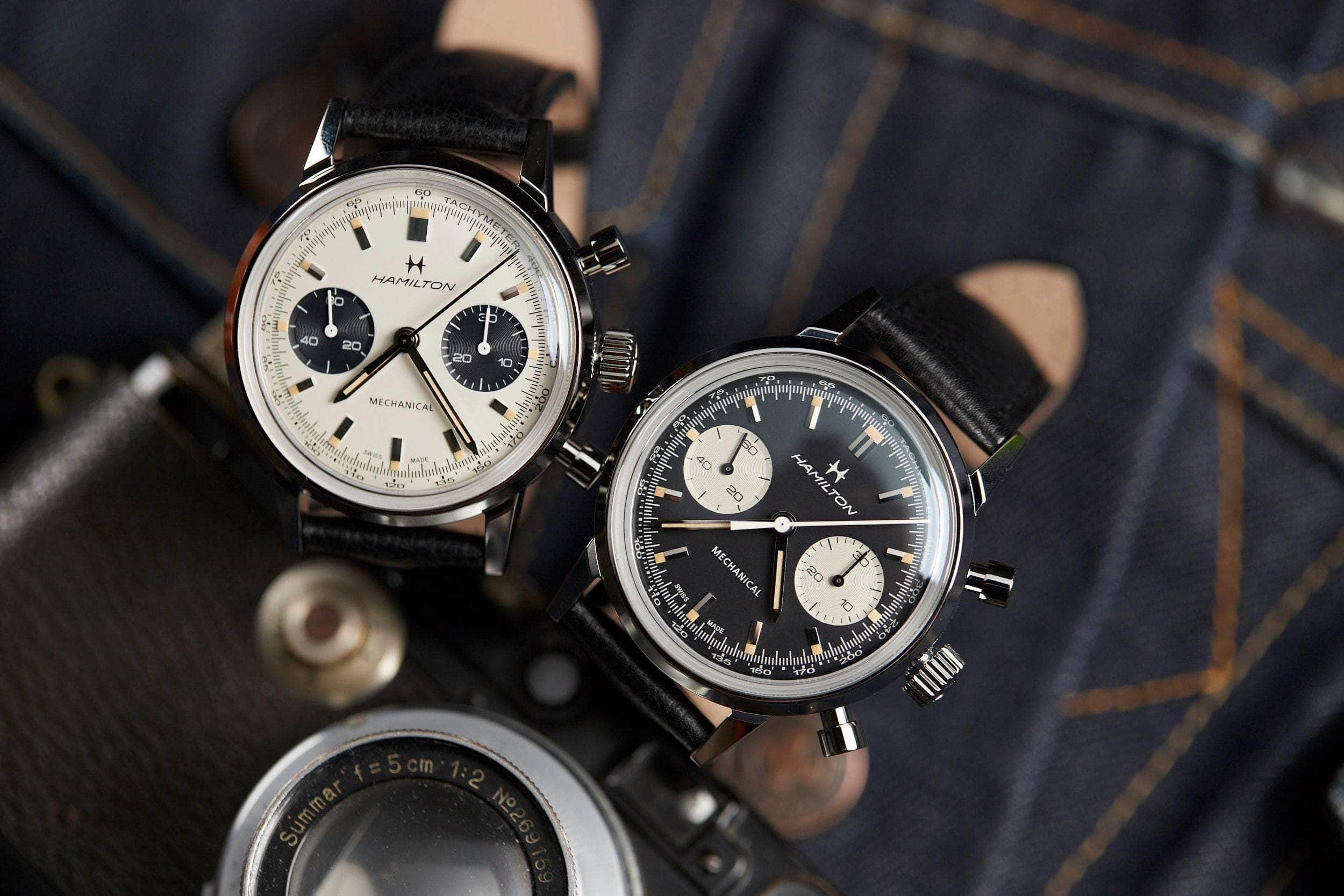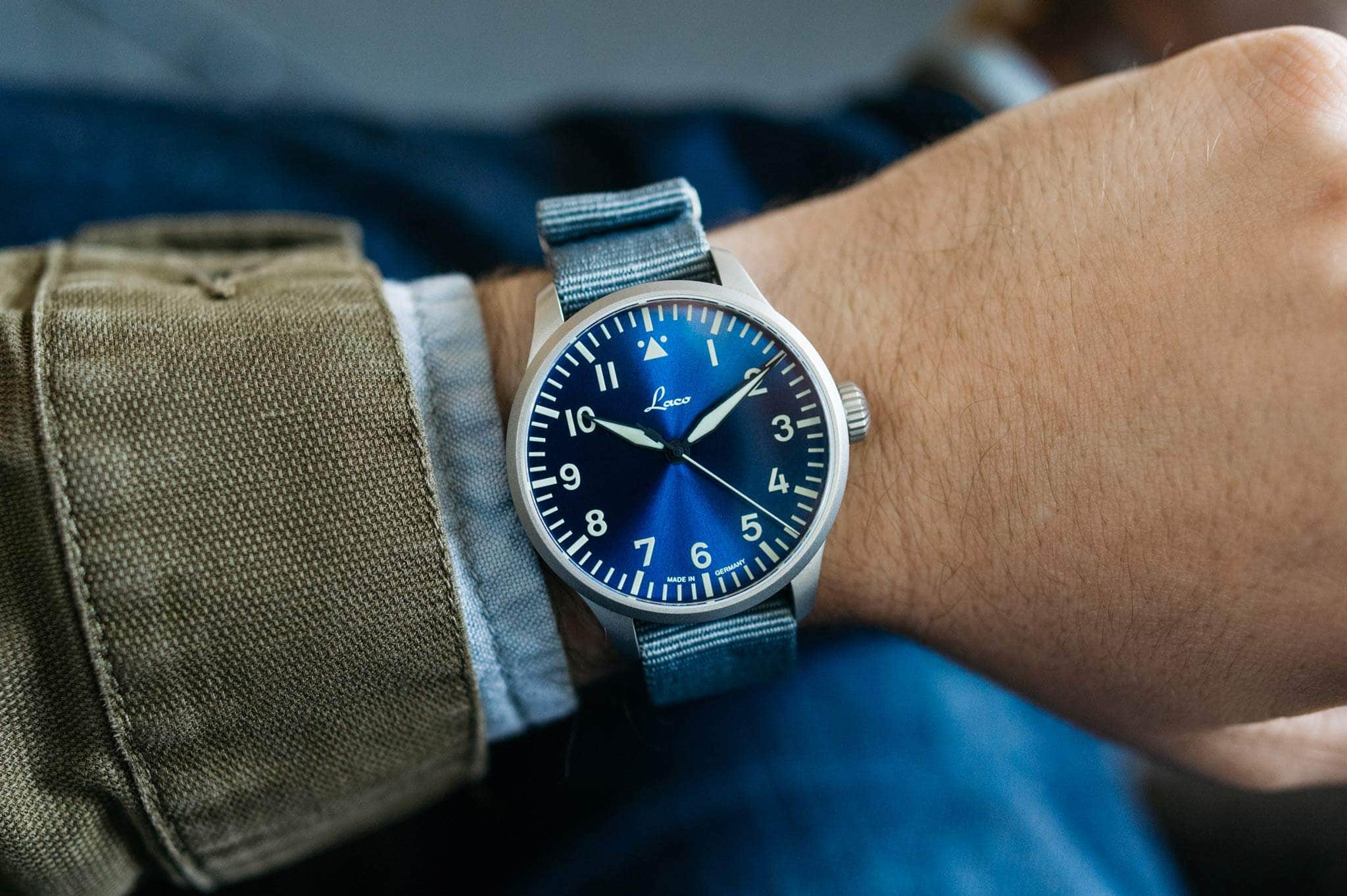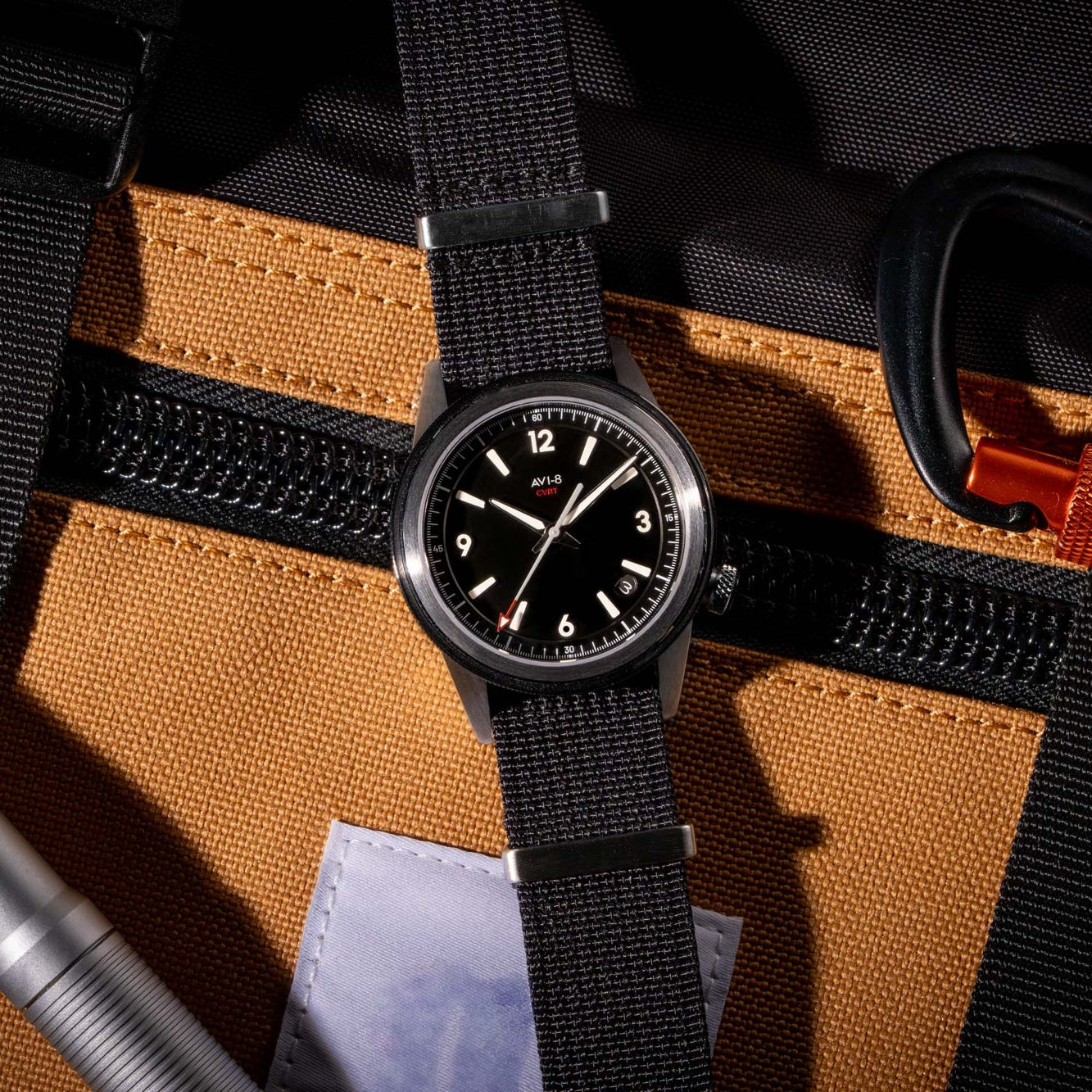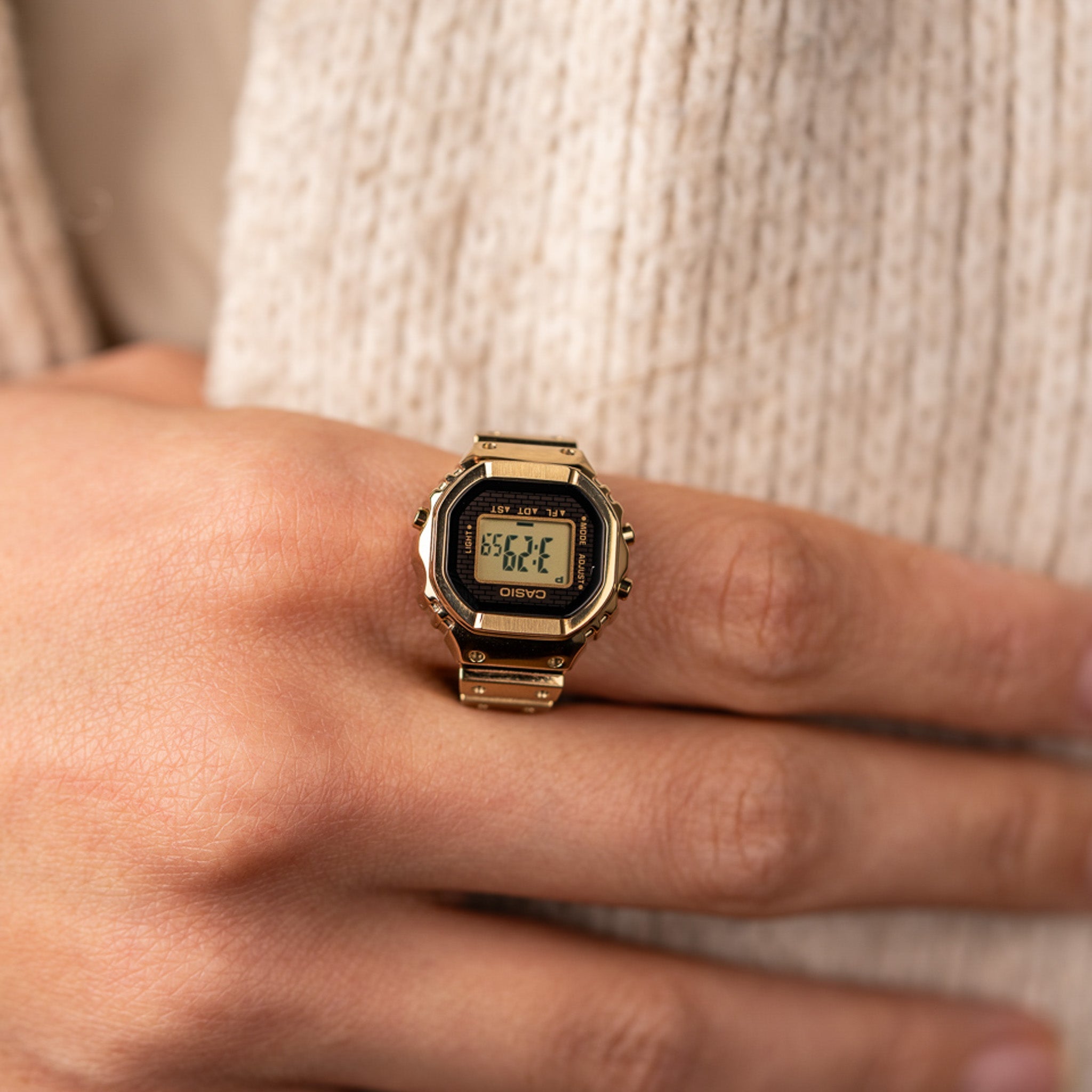The Difference Between Quartz, Manual, and Automatic Movements

Blake Malin
Windup Watch Shop | September 18, 2024
When shopping for a new watch, the movement is often a point of consideration for many enthusiasts. But what does it do? Simply put, the movement, often referred to as a “caliber,” is the engine powering the watch and regulating the rotation of its hands. While some may feature additional features called complications, their primary duty is accurate time-telling. Today, we'll walk through the basic differences between manual, automatic, and quartz movements.



Manually-wound movements are the oldest, requiring user interaction to wind the mainspring responsible for the transfer of energy within the watch. Once that spring winds down and all of its energy is expended, it must be wound again to continue. An automatic movement seeks to rectify the issue of winding a watch by introducing a rotor attached to the movement. This allows the wearer's motion, transferred via the winding rotor, to power the watch. So long as the watch is worn regularly, it will not require manual winding.
SHOP NOW
Quartz, by comparison, is the new kid on the block. First introduced in the late 1920s in clock movements, Japanese powerhouse Seiko launched the first quartz wristwatch in 1969, inciting what enthusiasts have come to call the “Quartz Crisis.” Initially very expensive, the technology rapidly became more accessible and soon came to dominate the market. The system is based on an electric current — a battery sends a current through a quartz crystal that then oscillates at a precise frequency; the resulting vibrations are used to either general electronic pulses (i.e. a digital watch) or to drive a motor (i.e. an analog watch).
SHOP NOW
An automatic watch movement is a self-winding mechanism that powers a watch through the motion of the wearer's wrist. Inside the watch, there's a small, semi-circular weight called a rotor that spins as you move your arm. This spinning action winds the mainspring, which stores energy and keeps the watch running. Essentially, the watch harnesses the natural motion of your arm to keep itself powered, so you don't have to manually wind it every day as long as you wear it regularly.
SHOP NOWThere you have it! We hope this guide helps as you look towards your next watch. And if you’d like to try one you haven’t been exposed to yet, be sure to check out the litany of options in the Windup Watch Shop. As always, the Windup Watch Team is available via consultation to answer any questions you have. In addition, all of the products showcased here are eligible for free domestic shipping across the US.



























